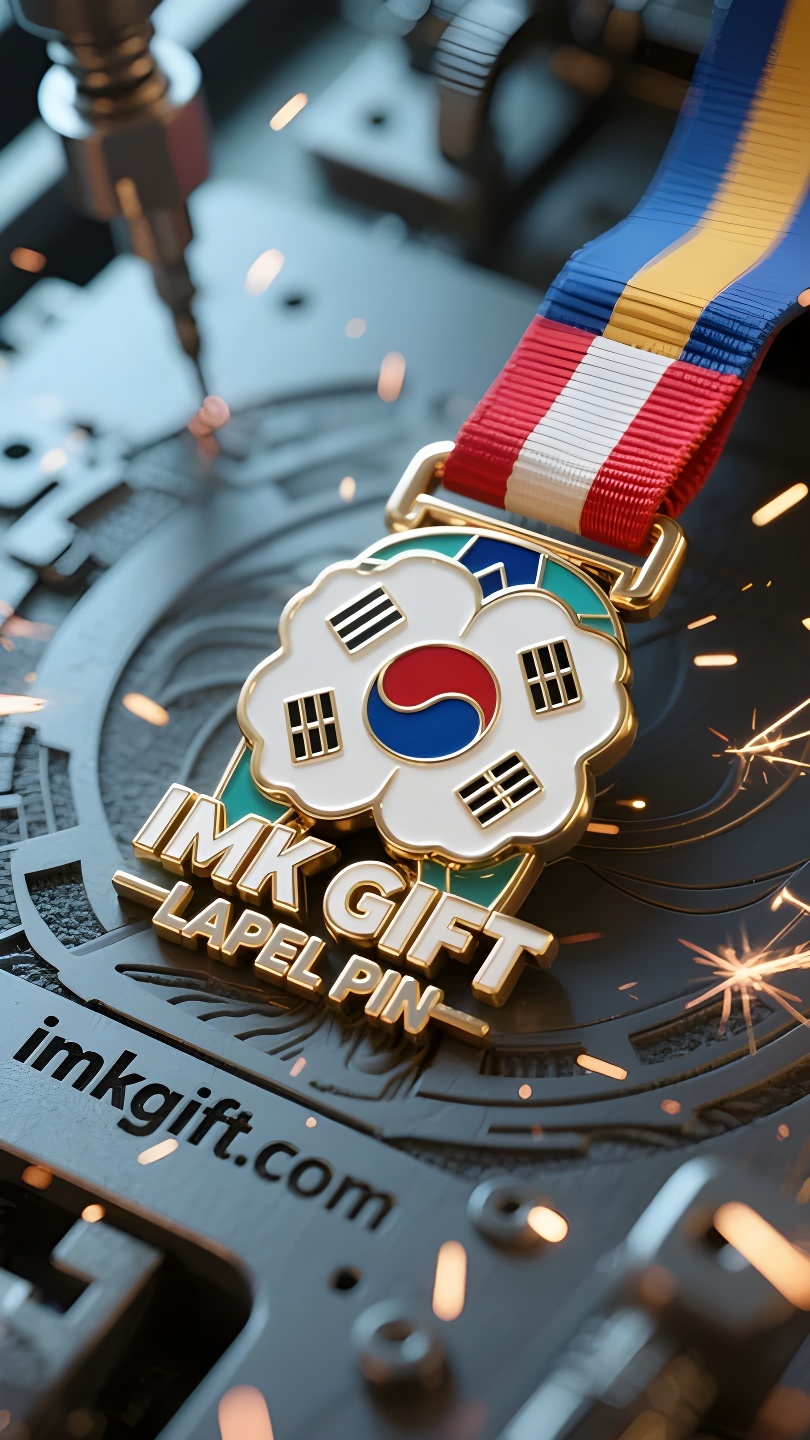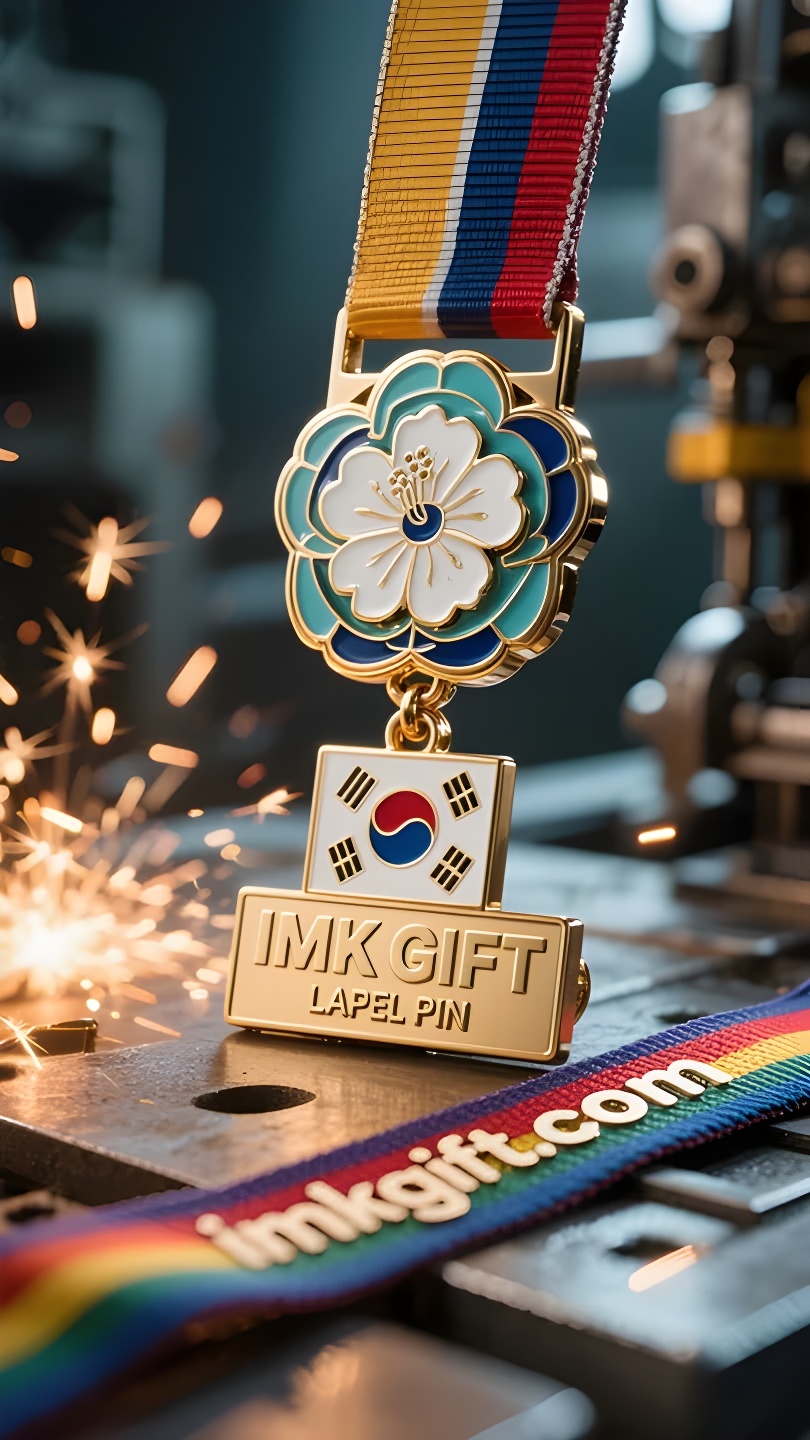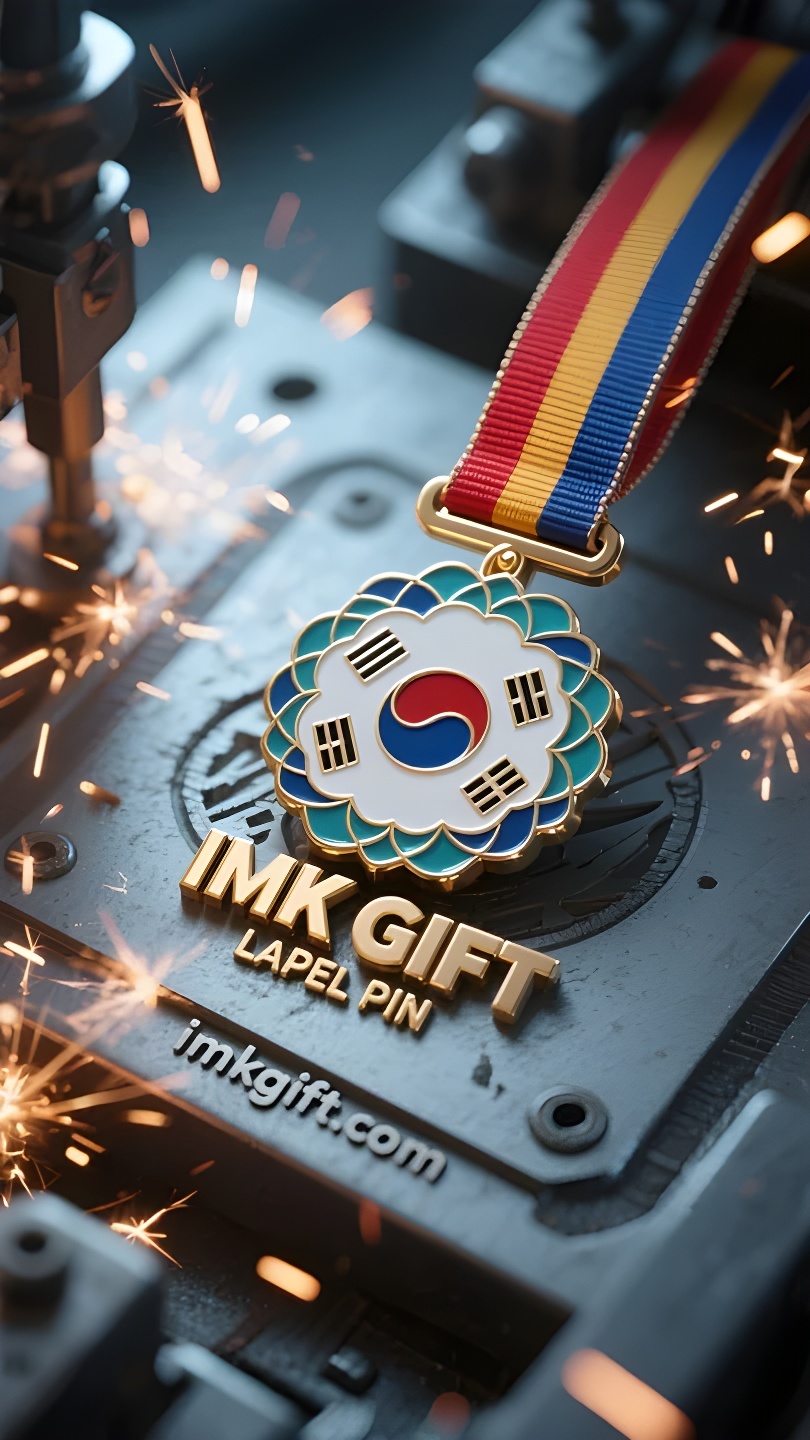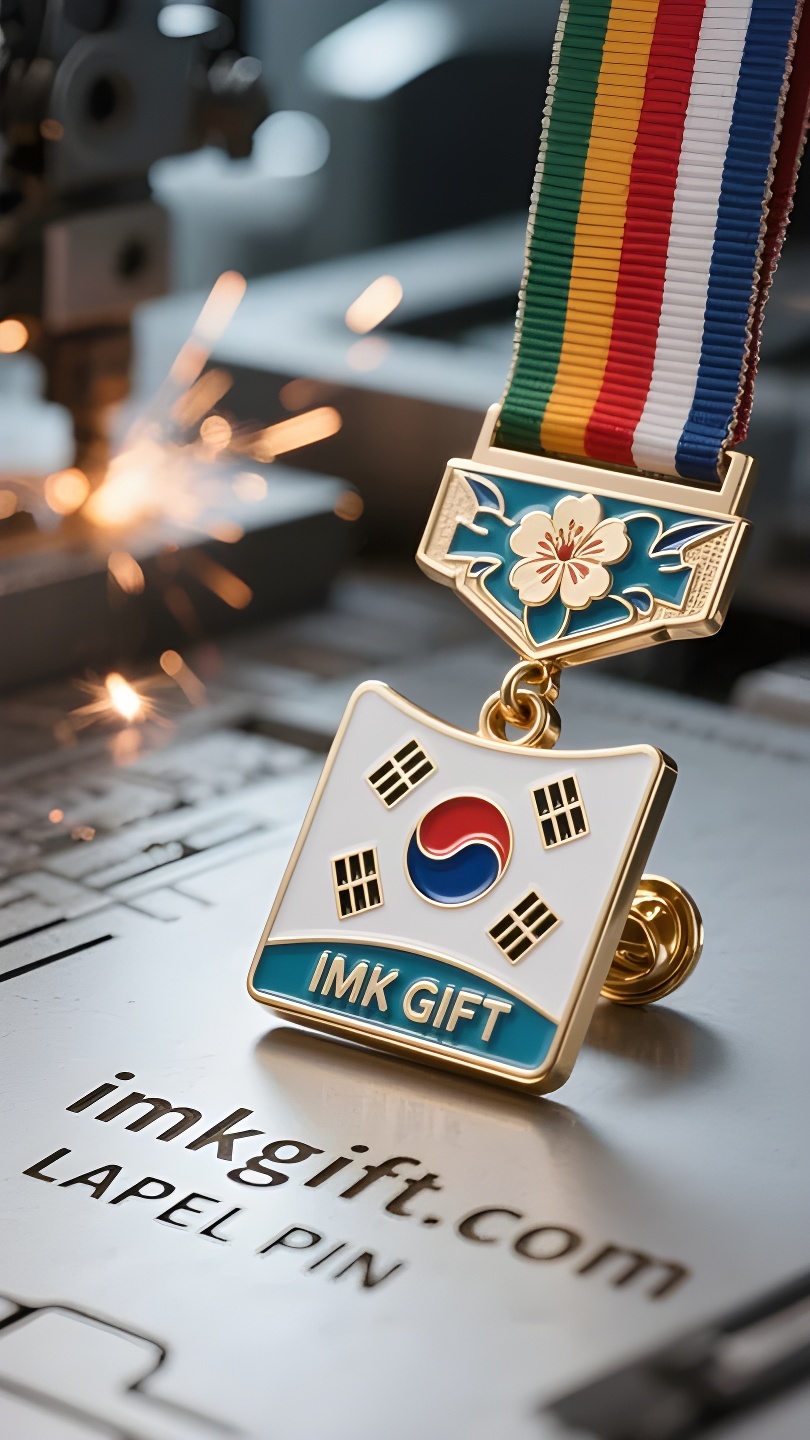in990-히비스커스-무패의-심장-불은-영원히-타오른다
▼
8월에는 광복절 기념 행사 때 서울 거리에 불꽃처럼 목화꽃이 핀다. 우승자들이 국화인 무궁화를 본떠 만든 메달을 달고 무대에 오르자, 일곱 개의 금속 꽃잎이 태극기의 붉은색과 파란색 빛을 반사했습니다. 마치 역사의 긴 강물 속에서 민족의 정신으로 빚어낸 찬란한 메달과 같았습니다. 이 메달은 히비스커스 무늬가 새겨져 있으며, 각 줄마다 깊은 의미가 담겨 있습니다. 일곱 개의 꽃잎은 주역의 ‘일곱 번의 윤회’라는 지혜로운 환생을 상징하는데, 이는 식민지 시대에서 경제적 번영으로의 한국의 여정과 같습니다. 꽃잎으로 감싼 태극권의 핵심은 국기 중앙의 음과 양의 조화를 반영하며, 모든 영광에는 빛과 어둠의 게임이 필요하다는 것을 세상에 일깨워줍니다. 차가운 금속의 질감 아래 장인들이 의도적으로 간직한 단조 패턴은 마치 시간이 히비스커스 가지에 새긴 흉터와 같지만, 결국에는 꽃을 피울 자신감으로 변할 것입니다. “아침에 피고 저녁에 시들지만 매일 다시 태어난다”는 목화꽃의 생존 철학이 메달 디자인에 완벽하게 재현되었습니다. 수상자들이 메달 뒷면의 오목하고 볼록한 태극 문양을 만졌을 때, 그들의 손끝에 느껴지는 것은 명예의 따뜻함뿐만 아니라, 민족 유전자에 새겨진 “영생”의 암호이기도 합니다. 금속에 새겨진 이 국가적 기억은 메달 자체보다 훨씬 더 오래 지속됩니다. 전쟁을 겪은 뒤에도 여전히 우뚝 솟아 있는 남문처럼, 시들었지만 다시 꽃을 피우는 목화꽃처럼, 진정한 무적의 메달은 영원히 전사들의 뼈와 피 속에 새겨질 것입니다.
In August, on the streets of Seoul, hibiscus flowers bloomed like flames during the Liberation Day celebrations. When the winners took the stage wearing medals based on the national flower hibiscus, the seven petals cast in metal reflected the red and blue light of the Taegeukgi, just like the brilliant medals tempered by the national spirit in the long river of history. This medal engraved with hibiscus patterns, each pattern has a hidden meaning. The seven petals symbolize the reincarnation wisdom of “seven days of recovery” in the “Book of Changes”, just like South Korea’s Nirvana from the colonial haze to economic take-off. The Tai Chi core wrapped in layers of petals echoes the yin and yang harmony in the center of the national flag, reminding the world that any glory must go through the game of light and darkness. Under the cold texture of the metal, the forging patterns deliberately retained by the craftsmen are like the scars carved by the years on the branches of the hibiscus, but they will eventually turn into the confidence to bloom. “Blooming in the morning and falling in the evening, but reborn every day”, the survival philosophy of the hibiscus flower is perfectly reproduced in the medal design. When the winners touch the concave and convex Tai Chi pattern on the back of the medal, their fingertips convey not only the warmth of honor, but also the code of “endless life” in the national genes. This national memory engraved in the metal is far more permanent than the medal itself – just like the South Gate that still stands tall after war, and like the hibiscus that will bloom again after withering, the true undefeated medal is forever cast in the bones and blood of the fighters.
八月的首尔街头,木槿花在光复节庆典中绽放如焰。当获奖者佩戴着以国花木槿为原型的奖牌登台时,金属铸造的七重花瓣折射着太极旗的红蓝光芒,恰似民族精神在历史长河中淬炼出的璀璨勋章。
这枚镌刻着木槿纹样的奖牌,每一道纹路都暗藏深意。七重花瓣象征《周易》中”七日来复”的轮回智慧,正如韩国从殖民阴霾到经济腾飞的涅槃之路。花瓣层叠包裹的太极核心,呼应国旗中央的阴阳圆融,提醒世人:任何荣耀都需经历光与暗的博弈。金属冷冽的质感下,工匠特意保留的锻造纹,恰似岁月在木槿枝干刻下的伤痕,却终将化为绽放的底气。
“朝开暮落却日日新生”,木槿花的生存哲学在奖牌设计中完美复刻。当获奖者抚触奖牌背面凹凸的太极纹,指尖传来的不仅是荣誉的温度,更是民族基因里”生生不息”的密码。这份镌刻在金属里的民族记忆,远比奖牌本身更恒久——正如历经战火仍挺立的南大门,正如凋零后必重绽的木槿,真正的不败勋章,永远铸在奋斗者的骨血之中。
▼
Contact Us
📞 Tel: +0086-760-85286839
📧 Email: sales3@imkgift.com








